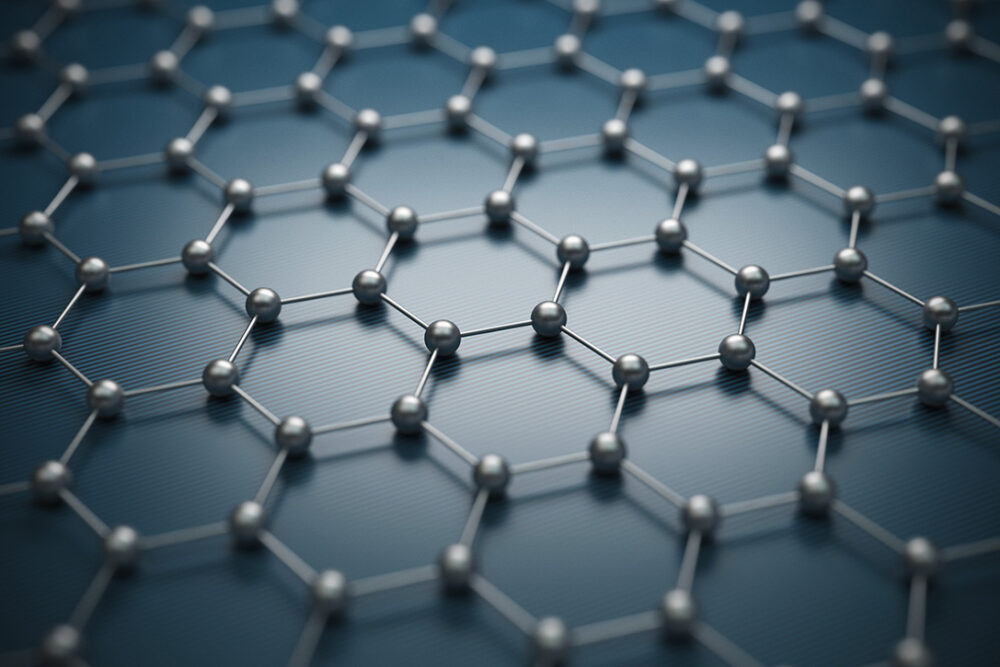Graphene, a singular form of carbon comprised of a mere one atom in thickness, has captivated scientists, engineers, and the general public alike since its isolation in 2004. Its unique attributes—extraordinary strength, remarkable electrical conductivity, and impressive thermal transfer capabilities—have fostered extensive speculation regarding the potential integration of graphene into our quotidian existence. The prospect of ubiquitous applications invites scrutiny, compelling a deeper inquiry into how this fascinating material may redefine our daily lives.
The foundational property of graphene lies in its atomic structure. Arranged in a two-dimensional lattice, graphene’s carbon atoms are bonded in a honeycomb configuration, granting it tensile strength that surpasses that of steel. This unparalleled robustness juxtaposes its inconceivable lightweight, giving rise to applications that stretch across numerous sectors. However, one must ponder—why is this material poised to become a linchpin in our future technological landscape?
One compelling application of graphene is in the domain of electronics. Traditional silicon-based devices face inherent limitations regarding speed and energy efficiency. Graphene, conversely, exhibits an electron mobility several times that of silicon, thus permitting faster electronic components capable of processing data expeditiously. Imagine wearable technology that harnesses this attribute, offering instantaneous feedback and seamless connectivity. Furthermore, the incorporation of graphene into transistors could pave the way for flexible electronics, integrating circuitry into clothing or even skin, facilitating unprecedented human-computer interfaces.
The potential for graphene in energy storage and generation is equally intriguing. Supercapacitors constructed from graphene promise to revolutionize power supply systems, surpassing current lithium-ion batteries in both charge and discharge rates. This innovation could significantly enhance the efficiency of electric vehicles and renewable energy systems, enabling effective storage of solar and wind energy. As society increasingly pivots toward sustainable practices, graphene’s role as a catalyst in the transition to green energy technologies becomes undeniably salient.
Moreover, the healthcare sector stands to benefit immensely from graphene’s properties. Its biocompatibility combined with exceptional conductivity makes graphene an ideal candidate for biosensors capable of detecting diseases at nascent stages. These sensors could revolutionize diagnostics, providing real-time insights into metabolic processes or identifying pathogens with unprecedented sensitivity. Additionally, graphene’s application in drug delivery systems showcases its potential to enhance therapeutic regimens, enabling targeted delivery mechanisms that improve patient outcomes while minimizing side effects.
Graphene’s prowess extends into materials science, where it is poised to transform the construction and manufacturing industries. Incorporating graphene into composites can yield materials that are lighter and stronger, offering significant advancements in structural applications. This innovation could lead to the development of aeronautical and automotive parts that enhance fuel efficiency and reduce environmental impact. The fusion of graphene into building materials may also result in structures with enhanced thermal properties, contributing to energy-efficient architecture.
Despite these promising prospects, one must cautiously consider the feasibility of graphene’s widespread adoption. Challenges abound, particularly concerning production scalability and cost. The current methods for synthesizing graphene, such as mechanical exfoliation and chemical vapor deposition, necessitate fine-tuning to produce economically viable quantities. Furthermore, concerns regarding environmental impact and the ethical implications of graphene’s sources cannot be overlooked. Ensuring responsible sourcing and manufacturing processes remains paramount as the industry evolves.
Public perception and understanding of graphene also play a crucial role in its integration into everyday life. Educational initiatives aimed at demystifying this material and its applications are essential for fostering acceptance and promoting investment. As graphene enters commercial viability, consumer awareness will drive demand, shaping both production priorities and innovation trajectories. The intersection of public interest, scientific inquiry, and entrepreneurial endeavor will ultimately dictate the pace at which graphene infiltrates our daily routines.
Envisioning a future where graphene is a commonplace feature of our lives is not merely speculative; it is anchored in a burgeoning reality. The synthesis of graphene-based materials with characteristics tailored for specific applications can bring forth a paradigm shift, redefining conventional limitations across numerous sectors. The vision of graphene-enhanced devices, infrastructures, and medical innovations presents a tantalizing glimpse of tomorrow—a world where technology converges seamlessly with human experience.
As societal needs continue to evolve, so too will the applications of graphene. From the realm of smart cities to personal health technologies, the malleability of this material signifies that its potential is limited only by human ingenuity. The excitement surrounding graphene transcends its scientific attributes; it encapsulates a broader narrative about innovation, sustainability, and the relentless pursuit of progress. In this light, the question shifts from whether graphene will be used in our everyday lives to how profoundly it will alter the landscape of modern existence.












